I am a weekend warrior. It’s hard for me to admit that but it’s true. For years, as a full-time river and mountain guide, I had a more flexible schedule that permitted time off for multiday river trips. I love multiday river trips. The combination of wilderness, solitude, whitewater, epic beach and gravel bar camps and the quality time spent with a group of friends free of the distractions of modern life all add to the incredible experience.
These days, for most of the year, I’m a weekend warrior. Like most people, my schedule is not very flexible and only occasionally can I add a day or possibly two onto my weekend. Over the past decade, I’ve tweaked systems to make what are typically longer multiday river trips both possible and enjoyable in just a few days. I’ve learned that the key is to be organized and streamline the planning and preparation. So, if you are interested in some tips and tricks for pulling off classic weekend warrior boating adventures, then this article is for you.
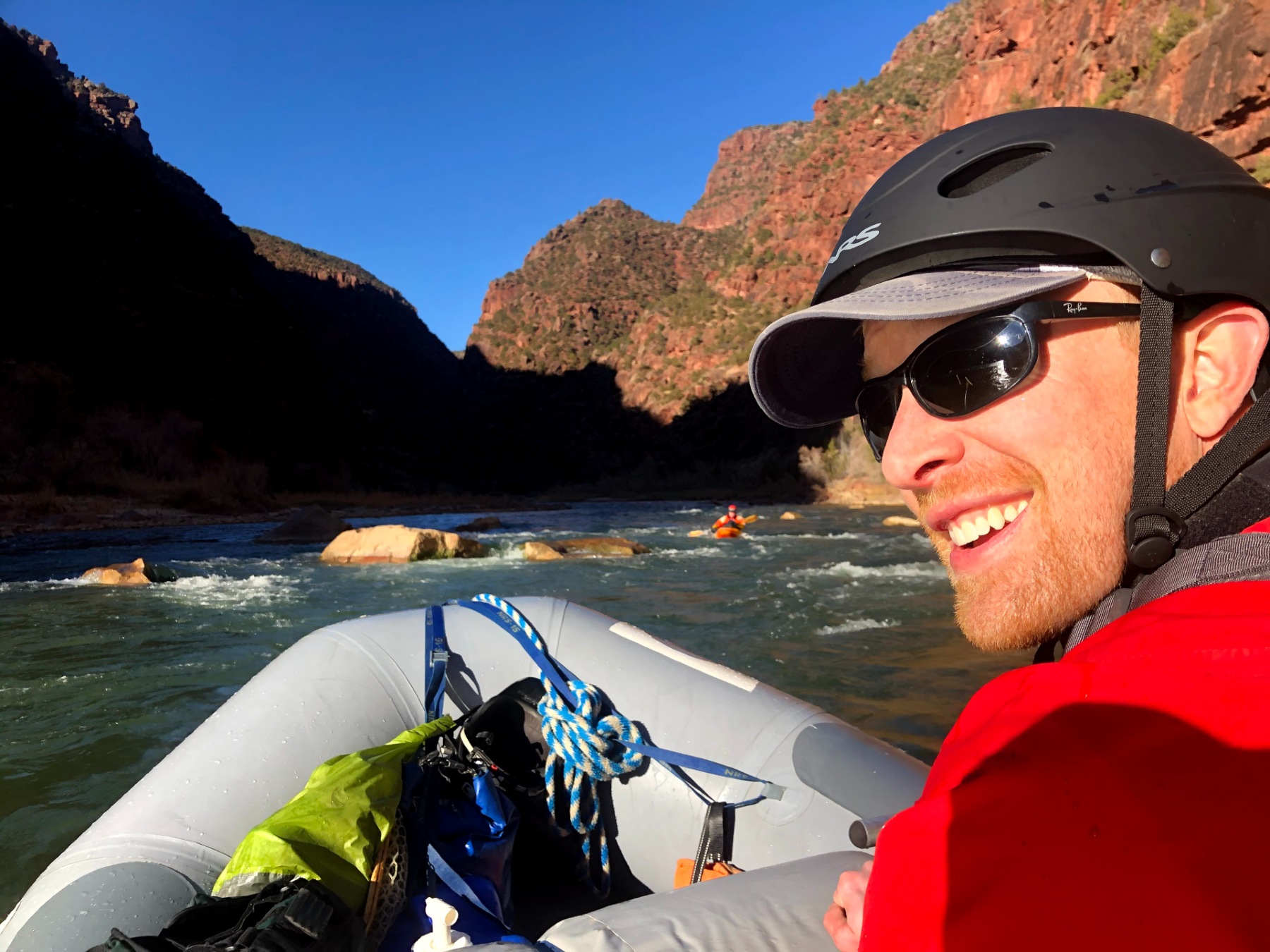
Note: I am a huge fan of the organization and collaboration that using a google doc provides for so many of the planning tips below.
Start with making a list of nearby rivers.
When I first did this, I created a google doc with my list of rivers. Your list of rivers will depend on where you live but get creative and don’t leave any rivers out. Your comprehensive list should include all navigable waterways both near and far. Don’t leave any rivers out because you think they are too many miles for a weekend or too few, too flat or too difficult.
My preconceived notions of what I thought was possible got in the way of a complete list. For example, close to my house are the “day runs” on the Snake River which are awesome to combine into a longer overnight stretch. Also on my list is a section that I thought was too flat to be of interest, but it turns out that it flows through a beautiful canyon and makes for a fantastic weekend canoe trip. Here is a link to a template that you can help to guide the creation of your own list.

Embrace the drive but know your limits.
For a weekend trip, the travel time to and from the river can be a major barrier. There were a lot of rivers on my list that I thought were too far. However, when I mapped the drive to all of the put-ins and take-outs (including alternate ones) from my house, the difference in drive time compared to my assumptions surprised me.
About seven hours to the put-in and/or from the take-out is my personal limit for a three-day weekend. This allows me to leave work a bit early on Friday and set up camp at the put-in on the same day. A reliable shuttle company is also key. On a tight schedule taking the time to run your own shuttle could be a deal-breaker. I included shuttle information on my river list. Your tolerance for driving times may be more or less than mine but I have yet to regret arriving at work on a Monday (or Tuesday) morning tired after a sweet weekend on the river.


Consider the time of year.
If you have a short section of river and not a lot of miles to cover, then plan your trip for the fall when the days are short, and the flows are low. You won’t get in as many miles while the sun is up, but the camping shenanigans can start early and last late. Need to cover eighty miles in three days? Plan your trip for spring when high water and long days will help to make those miles. In my experience, thirty plus miles a day is totally reasonable with a bit of gumption. For example, on a June Main Salmon trip, we covered 45 miles in packrafts without even trying. The miles flew by with highwater, and a small team of three experienced boaters.
Keep the group small and reconsider inviting the rookies, just this once.
On a short timeframe, less is more. A small, experienced crew is going to be much more efficient and move faster than a large crew. (See anecdote above.) Additionally, a river trip on a time schedule isn’t the place for a friend’s introduction to multiday river trips. We have all waited on the beach for the new kid to finish packing their dry bag and this isn’t the trip for that.
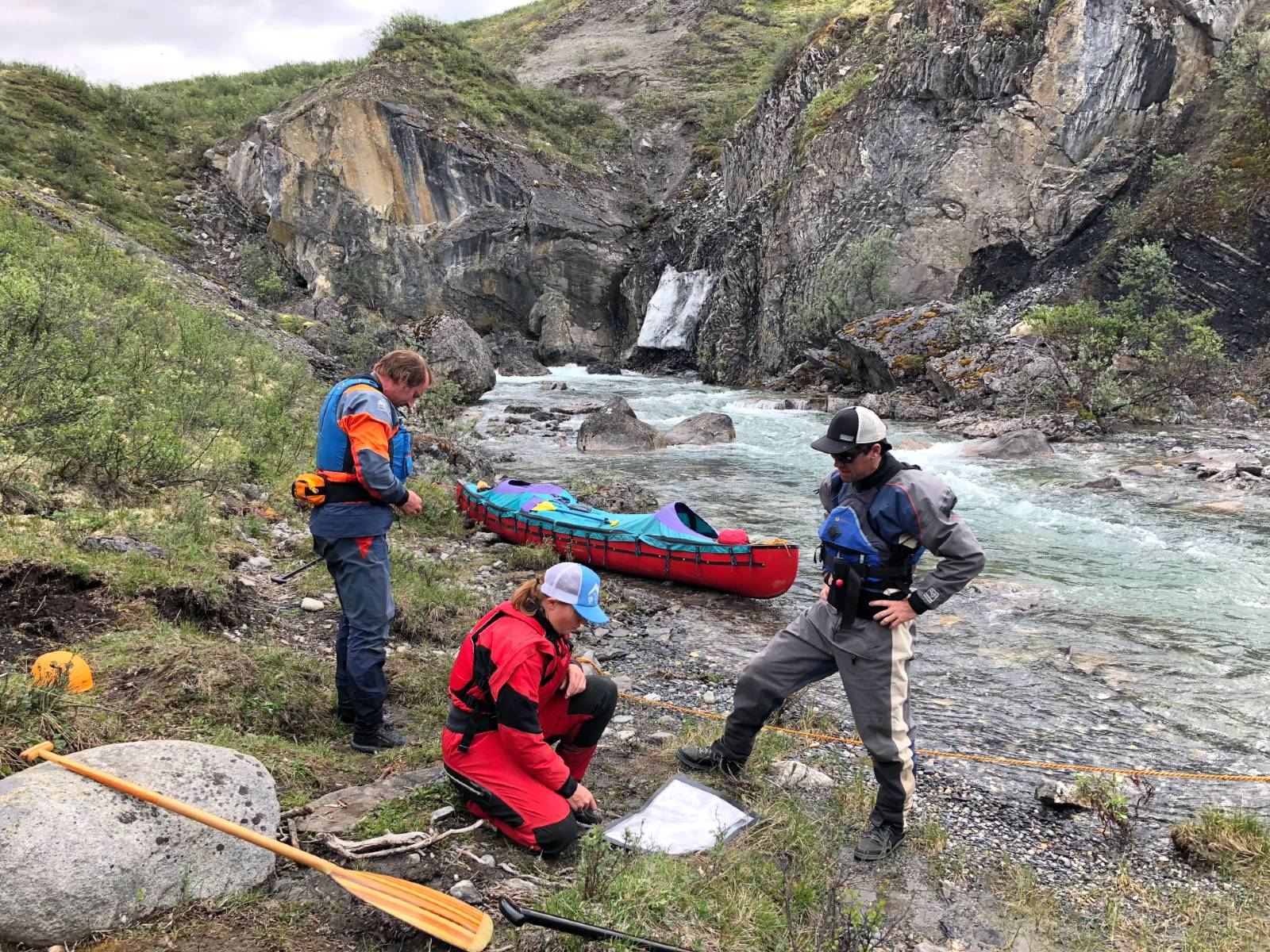
Avoid the emails.
Planning a river trip often leads to a constant and lengthy email stream over relatively minor details. Emails fly back and forth about birthdates for permits, meal planning, food allergies, who is bringing what gear etc. Skip the email headache and streamline the planning time by creating a shared document (I use google docs) that everyone edits and adds their information to. It’s much faster, more organized and less painful. Here’s a link to the current version that we are using. Feel free to copy it and use it on your next trip. You will be thankful that you did, especially if you’re the trip leader!
Choose your crafts wisely.
Rafts, canoes, whitewater kayaks, packrafts, paddleboards, sea kayaks and duckies are all options. For quick trips, smaller crafts can be less time consuming to pack and unpack and faster on the water allowing you to cover more miles and have more time on the water overall. The combination of craft and paddler skill level also matters. While skill level does come into play, generally, canoes and packrafts will take the time to scout more rapids than kayaks and rafts. On a cold spring Middle Fork of the Salmon trip, we had a couple of packrafters who wanted to scout many of the rapids that the kayakers were willing to read and run. On a normal trip, this extra time isn’t an issue but on a short trip where we needed to make miles, it made for extra-long days on the river.

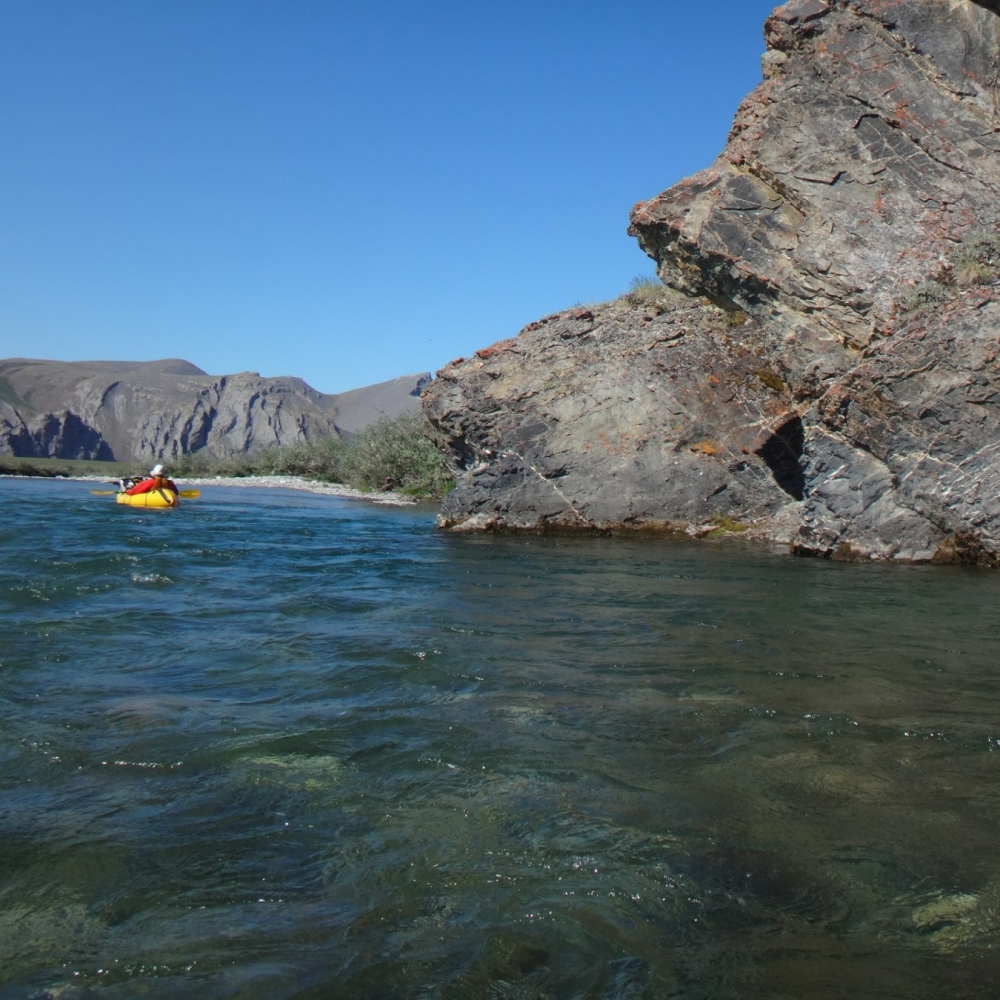
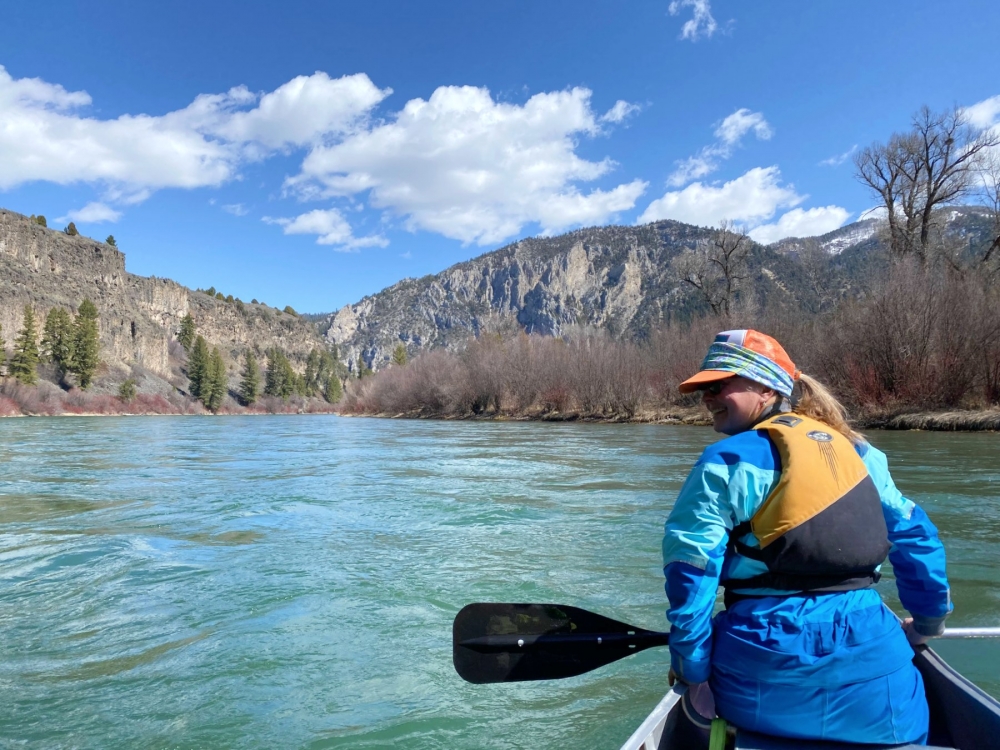
Get creative.
A little creativity can overcome many of the barriers that crop up as you make your list! No shuttle company available? Maybe part of the group could leave early and pre-shuttle a vehicle. Too few or too many river miles to cover in a short weekend? Look for an alternate put-in or take-out that can add or reduce the number of river miles. You got invited on a weeklong trip but only have four days? Can you hike or fly in to join the trip along the way?
But rigging takes a long time. If you have the space, pre-rig rafts or pre-pack kayaks at home, trailer them to the put in and then launch immediately saving valuable rigging time on launch day. We got creative on a self-supported Middle Fork of the Salmon trip when we pre-packed our kayaks, stacked them all into a cargo van (as they were too heavy for the roof), drove five hours after work and launched at 8:30 pm. This strategy allowed us to cover 10 miles that same evening.
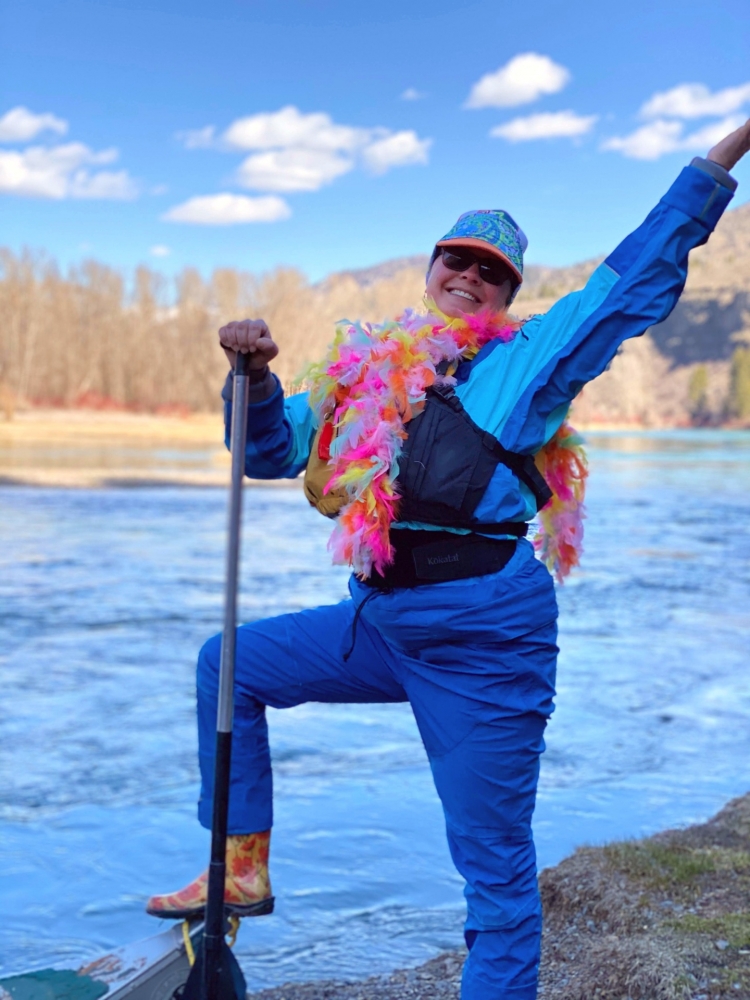
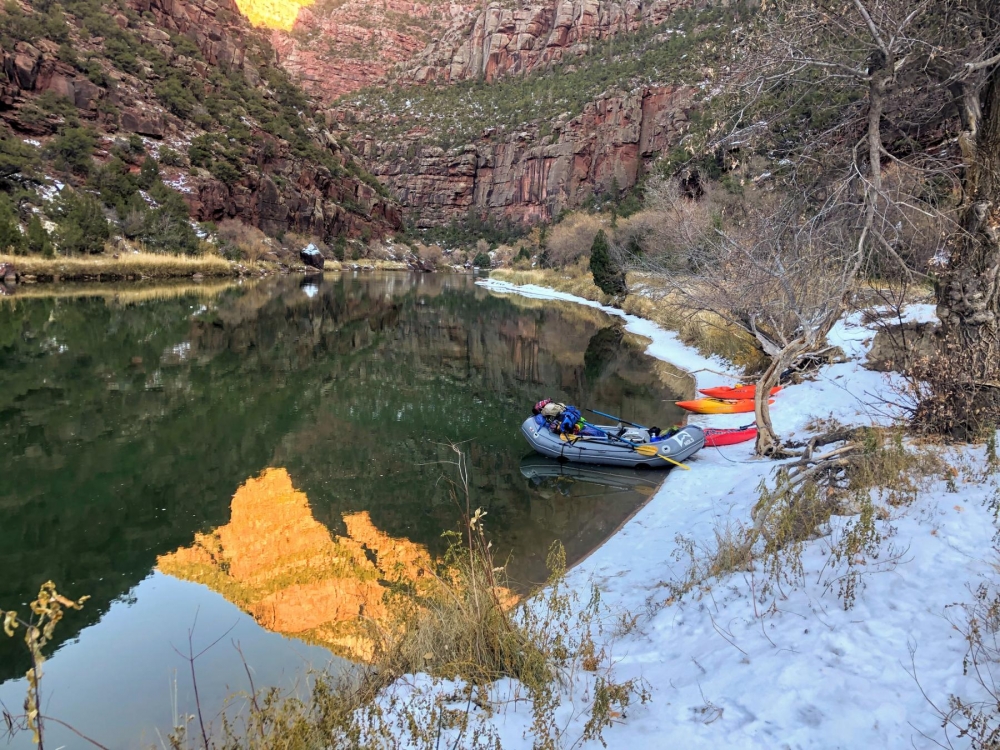
Cut the crap and keep the essential gear to increase the efficiency.
Bringing less stuff means less planning, packing, loading and unloading boats and less clean up when the trip is over. A pared-down kitchen, a simplified food plan, and minimal personal gear will save time and headache each day. Keeping the boats light translates to faster boats. At the same time, a bad weather forecast can spell disaster or even cancel a quick trip without the necessary gear. Having the right gear makes a difference, especially for pushing the river season further into the fall, spring and even winter. Here are some alternate gear suggestions to keep things simple and fun.
- Ditch the Groover. A Wag bag style toilet system like the Cleanwaste Portable Toilet System is perfect for small groups and shorter trips. It makes cleanup quick and easy by allowing you to put toilet waste in the trash, eliminating the stop at an RV dump or Scat machine.
- Stay warm and save space with a dry suit. Wet, cold weather and cold water temperatures demand a tough, comfortable and DRY drysuit. A drysuit allows you to stay warm and bring less personal stuff. If your layers stay dry, then you don’t have to pack different apparel for on and off the water. Front-entry or rear-entry, take your pick, just invest in a high-quality brand and thank me later.
- Rethink the menu. A pared-down menu means a pared-down kitchen. Consider simple group meals like pasta. Or go straight dirtbag with a hot water bar. No need for a complete kitchen, bring a canister stove like the Primus Trail Stove or a Blaster like the Woodland Power Stove and each person plans their own—mostly dehydrated—meals. Ultralight backpackers have been doing this for years and the CleverHiker has some great meal planning suggestions.
- A fire pan is always essential. It serves as the social center of camp and allows you to stay warm on cold trips. Plus, with some creative meal planning, a grill and some tin foil you can do all of the cooking over the fire.

We all love spending time on the river. It’s what brings us together and connects us to the wild and special places where we feel most at home. These tips, along with careful planning and a bit of a go-for-it attitude have allowed me to successfully add a couple of multiday river trips each year. In my book, that’s a win.
Editor’s Note: Guest contributor Trevor Deighton is a mountain guide, a river guide and a middle school science teacher who lives in Teton Valley, Idaho. He’s passionate about getting into the backcountry for short or long adventures.
Cover and final image credit: Mark Pommer